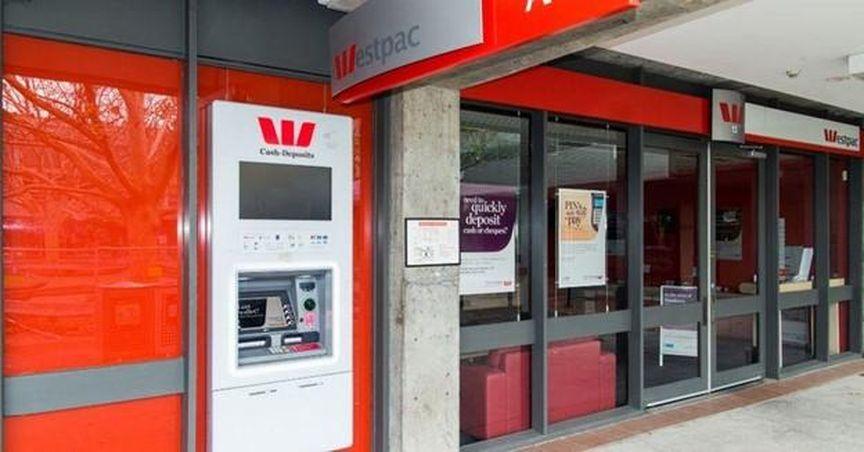Shares of Westpac Banking Corp (ASX:WBC) continue their upward trajectory, reaching nearly seven-year highs, as investors maintain their confidence in the ASX 200 bank stock. After closing at AU$32.79 on Monday, Westpac shares rose by 0.7% to AU$33.03 during early afternoon trade on Tuesday. This modest gain brings the share price close to levels not seen since November 2017, pushing the bank’s market capitalization to AU$113.8 billion.
Westpac Outpaces the Market
Westpac's stock performance has been impressive, climbing 52.2% over the past year. In comparison, the broader S&P/ASX 200 Index (ASX:XJO) has gained only 12.5% over the same period. While other major Australian banks have also seen gains, Westpac’s share price leads the pack, with ANZ Group Holdings Ltd (ASX:ANZ) up 20.9%, National Australia Bank Ltd (ASX:NAB) rising 30.8%, and Commonwealth Bank of Australia (ASX:CBA) increasing by 39.4%.
Notably, Westpac shareholders have also benefited from AU$1.62 per share in fully franked dividends, bringing the total return to 57.9% over the last 12 months.
Key Drivers Behind Westpac's Performance
Several factors have driven Westpac’s strong stock performance. Despite reporting a 4% year-on-year decline in net operating income to AU$10.59 billion and an 8% drop in net profit to AU$3.51 billion at its half-year results, investors remain optimistic. The bank's ability to maintain stable net interest margins (NIM) amid easing mortgage competition has been a key positive factor.
Moreover, Westpac's expanded share buyback program, which increased by AU$1 billion to a total of AU$2.5 billion, has bolstered investor sentiment. Additionally, the banking sector's resilience in navigating a challenging environment of high inflation and interest rates, with only a slight increase in bad loans, has contributed to the positive momentum for Westpac.
What’s Next for Westpac?
Looking ahead, Westpac is poised for a leadership transition, with CEO Peter King set to be replaced by Anthony Miller.






